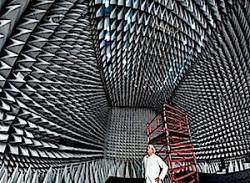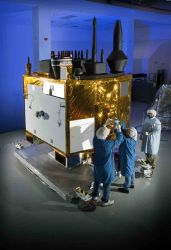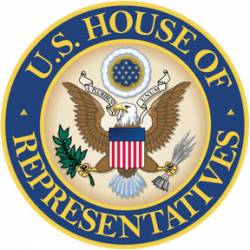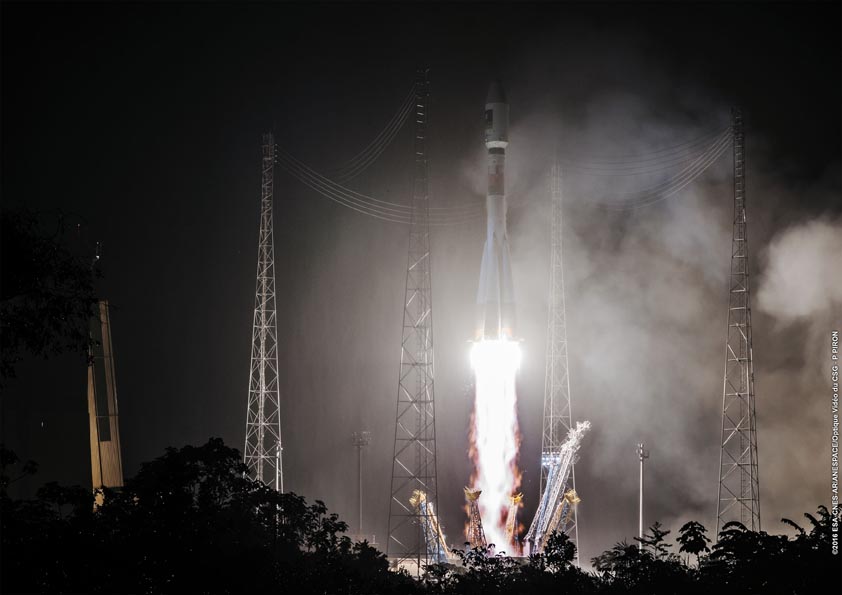 New GPS III Test Chamber (Lockheed Martin photo)
New GPS III Test Chamber (Lockheed Martin photo)The United States GPS program is without doubt the elder statesman of GNSS, but it has had some close calls recently.
At the 2012 Munich Satellite Navigation Summit in March, a high-level Department of Transportation offical and the head of the Air Force GPS Directorate hailed continuing progress on the Global Positioning System’s third-generation satellite development and next-generation control segment (OCX), while apparently escaping — relatively unscathed — the dual perils of Congressional budget cuts and LightSquared interference.
The United States GPS program is without doubt the elder statesman of GNSS, but it has had some close calls recently.
At the 2012 Munich Satellite Navigation Summit in March, a high-level Department of Transportation offical and the head of the Air Force GPS Directorate hailed continuing progress on the Global Positioning System’s third-generation satellite development and next-generation control segment (OCX), while apparently escaping — relatively unscathed — the dual perils of Congressional budget cuts and LightSquared interference.
Represented by Deputy Assistant Secretary of Transportation Policy Joel Szabat and GPS Directorate commander Col. Bernie Gruber, the U.S. program heralded steady progress in maintaining its constellation while bringing new satellites on line.
Gruber told his Munich audience that the user equivalent range error (UERE) of the signals in space from the first two GPS Block IIF space vehicles (SVs) was 38 centimeters, compared to 86 centimeters for the 31-SV constellation as a whole. Block IIF space vehicles (SVs) 3 and 4 have been built and placed in storage, while numbers 5 through 8 are on the assembly line or undergoing integration and testing.
And, although the schedule for delivery of GPS III spacecraft may be stretched out, the GPS Non-flight Satellite Testbed — a prototype GPS III spacecraft also known as SV0 — had been powered up January 10.
Reflecting on the long-running debate over the LightSquared wireless broadband system that posed interference to GPS and other GNSS services in an adjacent band, Szabat acknowledged that “along the way we discovered many sectors — such as financial services — with critical infrastructure that was dependent on GPS in ways that we didn’t know and that they [the service providers] did not know.”
Later, Szabat said that the spread of jamming devices could affect the full implementation of the Federal Aviation Administration’s GPS-dependent NextGen program and that the government “can do a better job of detection” of interference sources. Referring to incidents of interference to GPS ground-based augmentation systems at Newark Airport, he admitted that it had taken months to track down the trucker whose “personal privacy device” was causing the problem.
Szabat also said that U.S. agencies were “at the very beginning of the process” of developing backup systems for GPS, which are needed in case of serious jamming or spoofing incidents.





